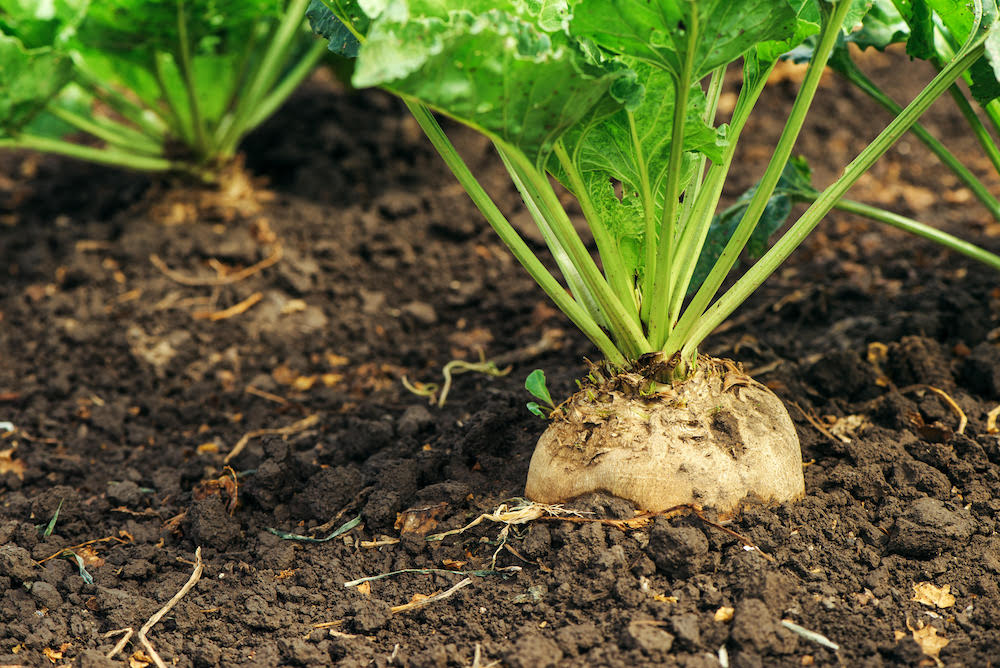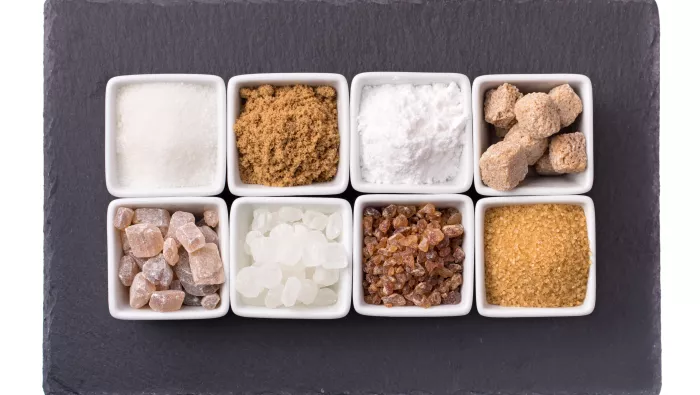Checking Out Beet Sugar Vs Walking Stick: Nutritional Conveniences and Culinary Uses
The comparison in between beet sugar and cane sugar extends past mere taste and appearance, disclosing intricate dietary profiles and cooking applications that merit careful assessment. As we check out the nuances of these two sugars, it comes to be clear that the ramifications of their usage are more extensive than one could initially presume.
Introduction of Beetroot Sugar
Although both beet sugar and cane sugar offer comparable functions in cooking applications, beetroot sugar is obtained particularly from the sugar beet plant (Beta vulgaris), a root veggie cultivated in warm climates. This process starts with the harvesting of sugar beetroots, which are then cleaned, cut, and subjected to removal techniques to produce sugar-rich juice (beet sugar vs cane). The juice goes through purification and condensation, leading to the granulated sugar commonly utilized in families and industries
Nutritionally, beetroot sugar is chemically identical to walking stick sugar, both mainly including sucrose. Beet sugar production has a tendency to have a lower ecological impact, as sugar beetroots call for less water and can be expanded in diverse agricultural conditions. Additionally, the farming of sugar beetroots can add to crop rotation techniques, improving dirt health.
Beet sugar often contains trace quantities of minerals and vitamins, including calcium and potassium, although these are minimal in regular consumption. In food preparation and cooking, beet sugar carries out equivalently to its walking stick equivalent, making it a functional sweetener. Its neutral flavor profile enables it to be flawlessly integrated right into various recipes without modifying the designated taste of the last product.
Review of Walking Stick Sugar
Walking cane sugar, derived from the sugarcane plant (Saccharum officinarum), accounts for about 70% of international sugar production. This functional sweetener is grown in exotic and subtropical regions, with significant producers including Brazil, India, and China. The extraction procedure involves crushing the sugarcane stalks to launch the juice, which is then clarified, evaporated, and crystallized to produce raw cane sugar.
Cane sugar is identified by its fine, white granules and is generally discovered in both powdered and granulated types. Its flavor account is frequently defined as tidy and wonderful, making it ideal for a vast array of culinary applications, from cooking and cooking to sweetening drinks.
Along with its culinary uses, cane sugar likewise works as a chemical in jellies and jams, along with a fermentation representative in the manufacturing of liquors. The sugar is usually refined right into different products, including molasses, brownish sugar, and fluid sugar, each offering unique attributes that can boost different dishes. Generally, walking cane sugar stays a staple active ingredient in cooking areas around the globe, underscoring its relevance in both culinary traditions and modern gastronomy.
Nutritional Comparison
When comparing beetroot sugar and walking stick sugar, it is necessary to evaluate their nutritional accounts to comprehend their effect on wellness. Both kinds of sugar are mainly composed of sucrose, which is a disaccharide made up of sugar and fructose. This indicates that, in regards to caloric content, they are nearly similar, offering approximately 16 calories per teaspoon.
Nonetheless, there are subtle differences like it in their processing and mineral material. Beet sugar is usually refined using bone char, which might not be suitable for vegans and vegetarians, while cane sugar can be much more straightforwardly refined. In regards to trace element, walking stick sugar might keep a little extra potassium, calcium, and magnesium because of less extensive handling, though these amounts are negligible compared to day-to-day recommended intakes.
Moreover, both sugars add to the exact same health dangers when eaten in excessive quantities, such as weight problems, type 2 diabetes mellitus, and dental issues. Ultimately, the choice in between beetroot and walking cane sugar might hinge more on personal choice or nutritional limitations as opposed to considerable differences in dietary value. Understanding these subtleties can assist customers in making informed nutritional choices.

Culinary Use Beetroot Sugar
Beetroot sugar, a flexible sugar acquired from sugar beetroots, locates various applications in cooking practices - beet sugar vs cane. Its refined crystals dissolve quickly, making it a suitable home ingredient for cooking, cooking, and beverage preparation. In the realm of cooking, beet sugar adds to moisture retention and browning, enhancing the texture and taste of cookies, cakes, and breads
Moreover, its neutral flavor profile enables it to mix perfectly right into different dishes without subduing other ingredients, making it suitable for both pleasant and mouthwatering dishes. Beetroot sugar can likewise be used in dressings, sauces, and marinates, where it stabilizes acidity and enhances the general preference.
In beverages, beet sugar is commonly made use of to sweeten tea, coffee, and alcoholic drinks, offering a constant sweet taste that matches diverse flavor profiles (beet sugar vs cane). Furthermore, it offers as a preservative in jams and jellies, making sure a stable item with improved service life
Culinary Use Cane Sugar
Sweetness is a basic aspect of several cooking productions, and walking stick sugar plays a vital duty in accomplishing that equilibrium. Its special chemical composition permits it to liquify easily, making it suitable for a variety of applications, from cooking to drinks. Cane sugar boosts flavors in treats, giving the sweet taste vital for cookies, cakes, and pastries. It not only contributes to taste but also impacts appearance; as an example, it assists in wetness retention, leading to softer baked items.
In tasty recipes, walking stick sugar can balance acidity and resentment, improving the total flavor profile. It is frequently utilized in marinates and sauces, where it assists to produce an unified blend of wonderful, salty, and umami notes. Additionally, walking stick sugar is a vital ingredient in maintaining fruits, as it acts as an all-natural preservative, inhibiting microbial development.
In beverages, walking stick sugar is usually preferred for sweetening soft drinks, alcoholic drinks, and teas, allowing for a clean, pure sweetness. Its convenience makes it a staple in both home kitchen areas and expert culinary setups, showcasing its relevance in achieving cooking quality.
Final Thought

The contrast between beetroot sugar and cane sugar expands past simple preference and appearance, exposing intricate nutritional profiles and cooking applications that warrant careful exam.Although both beetroot sugar and walking stick sugar serve comparable functions in cooking applications, beet sugar is acquired particularly from the sugar beet plant (Beta vulgaris), a root vegetable cultivated in temperate environments. Beetroot sugar production often tends to have a reduced ecological effect, as sugar beetroots need much less water and can be expanded in varied agricultural conditions. The sugar is commonly processed into different products, consisting of molasses, brownish sugar, and liquid sugar, each offering special characteristics that can enhance various dishes.Beet sugar, a versatile sweetener derived from sugar beets, finds various applications in cooking methods.